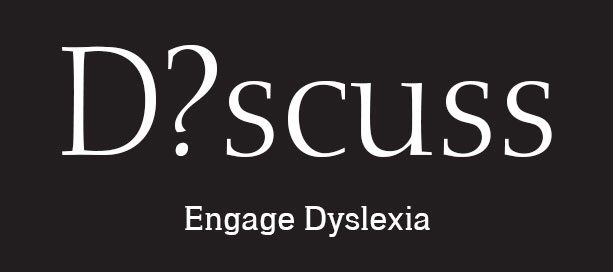Look No Lines!!!
Text to Speech
Look No Lines!!!
As a regular reader of our blog, you may think that we are technology geeks who believe that digital technology provides all the answers. However, when we speak about useful tools to deal with dyslexia, we are talking about tools of all kinds. One of these that seems almost too simple to be important is notebooks without lines. I always have one of these notebooks available and use them all the time. But why? And why might this be an important tool for a person with dyslexia?
So what is the allure of the blank page with no lines?
It all began for me when I was learning to write my ABC’s. I was given that paper with the two heavy lines with the dotted line in between. The lines felt very restrictive. As I continued along in school I was asked to put my ideas into words. The lines seemed even more restrictive. I wanted to not just ignore them but get rid of them. It was then that I began to gravitate towards lank paper for note-taking and idea development. It felt like it freed me up to capture ideas the way that I thought about them and relate ideas one to another.
Some people (including some teachers I have had) considered it just distracting doodling. Were they right?
We might find some of the answers to that question from Sunni Brown author of The Doodle Revolution: Unlock the Power to Think Differently. We know that dyslexics think and learn differently so maybe this is just an extension of that. In her introductory material, she points out some great people who were avid doodlers: Einstein, JFK, Edison, Marie Curie and Henry Ford. Interestingly, 3 of the 5 in that list were also dyslexic. She also says “You can use doodling as a tool…to change your physical and neurological experience in that moment”. She discussed some of her other ideas about doodling in a Ted Talk that she gave in 2011.
Doodling is often viewed as a distracting waste of time. Jesse Prinz, a philosophy professor at City University of New York Graduate Center takes quite the opposite view: “Doodling keeps people in a state of ‘pure listening’”. I often find myself doodling as I listen to a presentation or a lesson. It helps me to reconnect to the key points better than written notes. And gives me the freedom to capture it in a way that makes sense to me.
My geeky side has pushed me to try to duplicate my freeform notebook on my tablet. I am experimenting with an Apple pen on my iPad. It’s not exactly the same experience but it does allow me to capture and store it digitally. (I know I can scan my handwritten ones but that doesn’t always happen). More on the iPad experiment later. So I encourage you to give this tool a try. It is low tech but very effective at least for me. As we always say…do what works for you.
